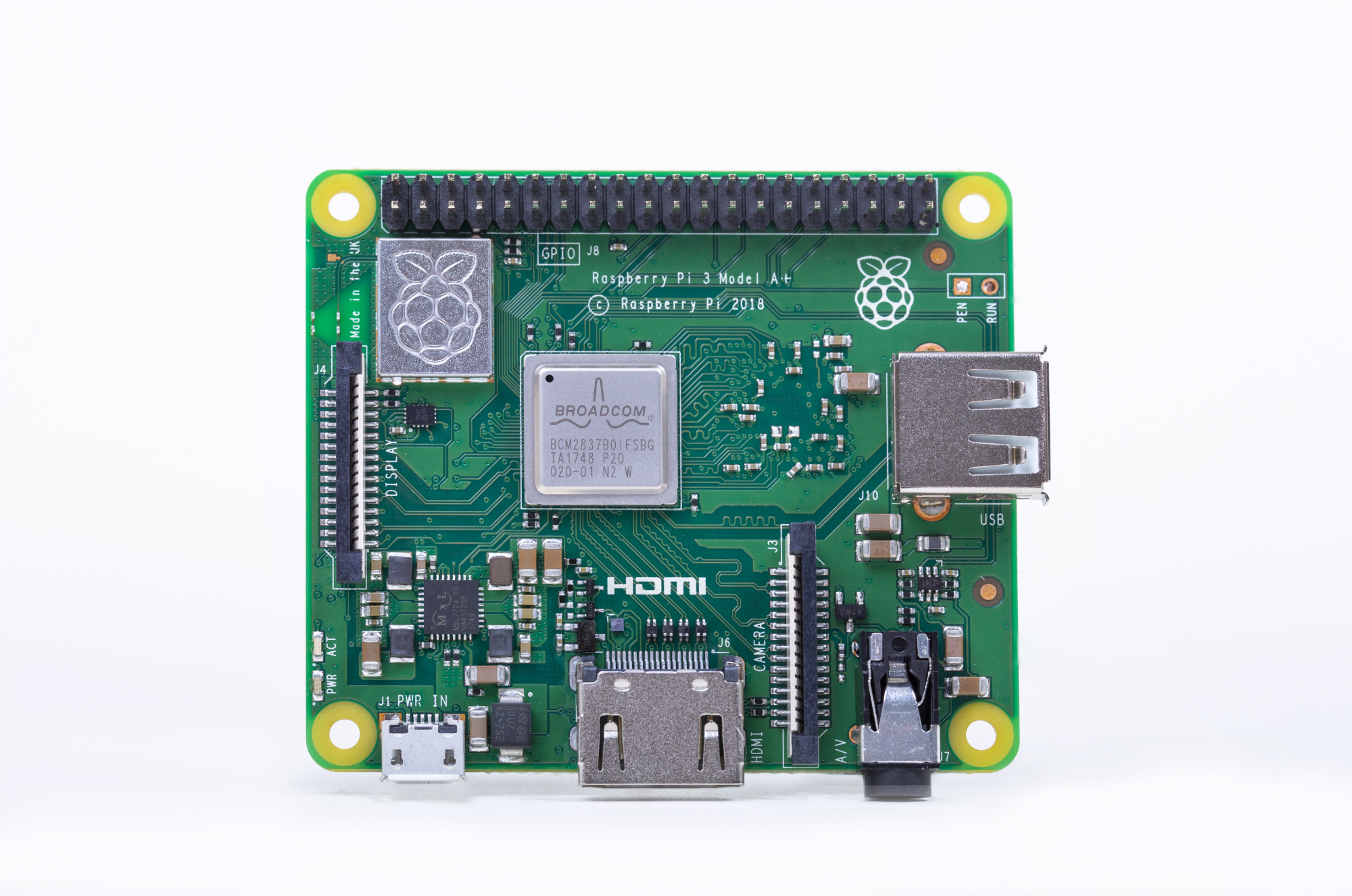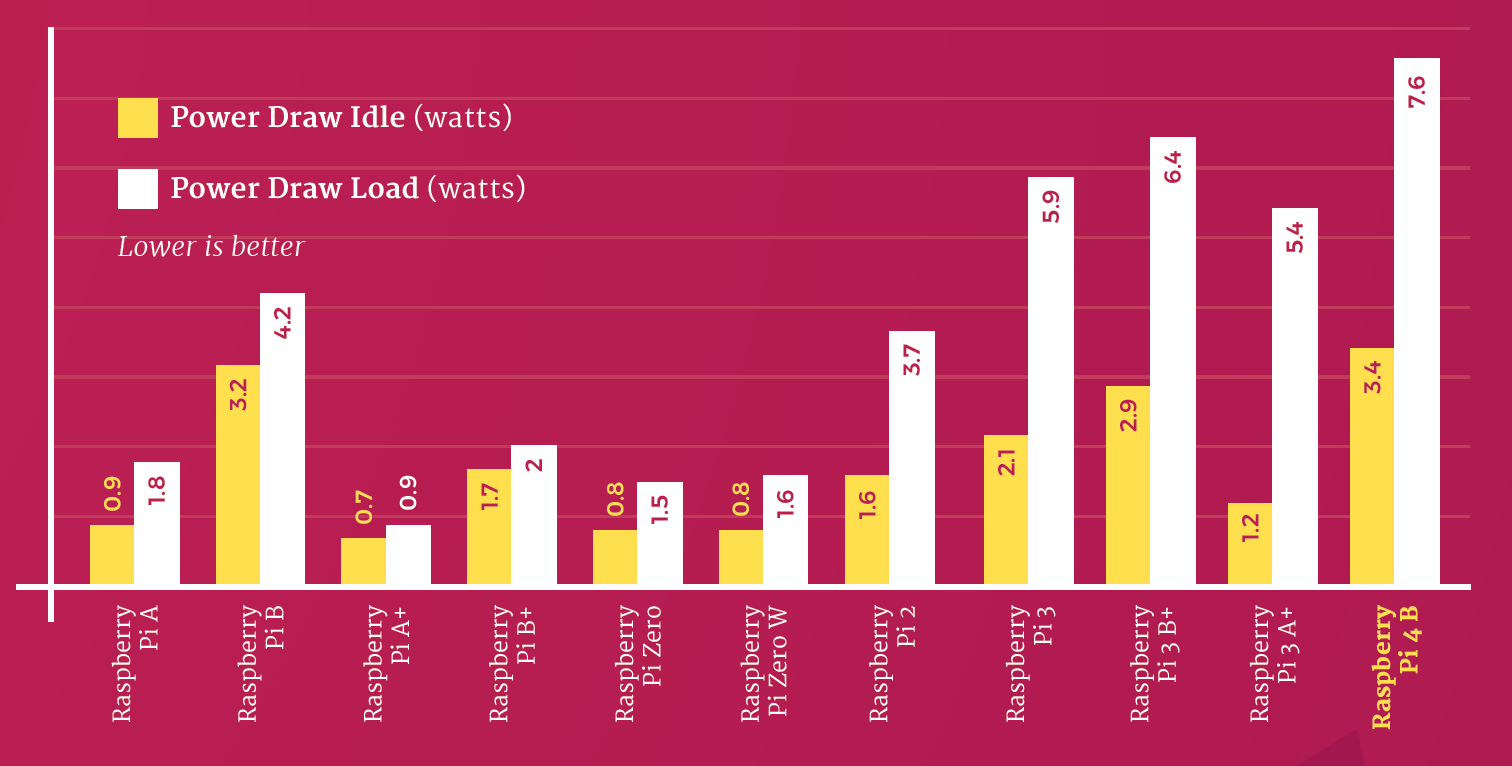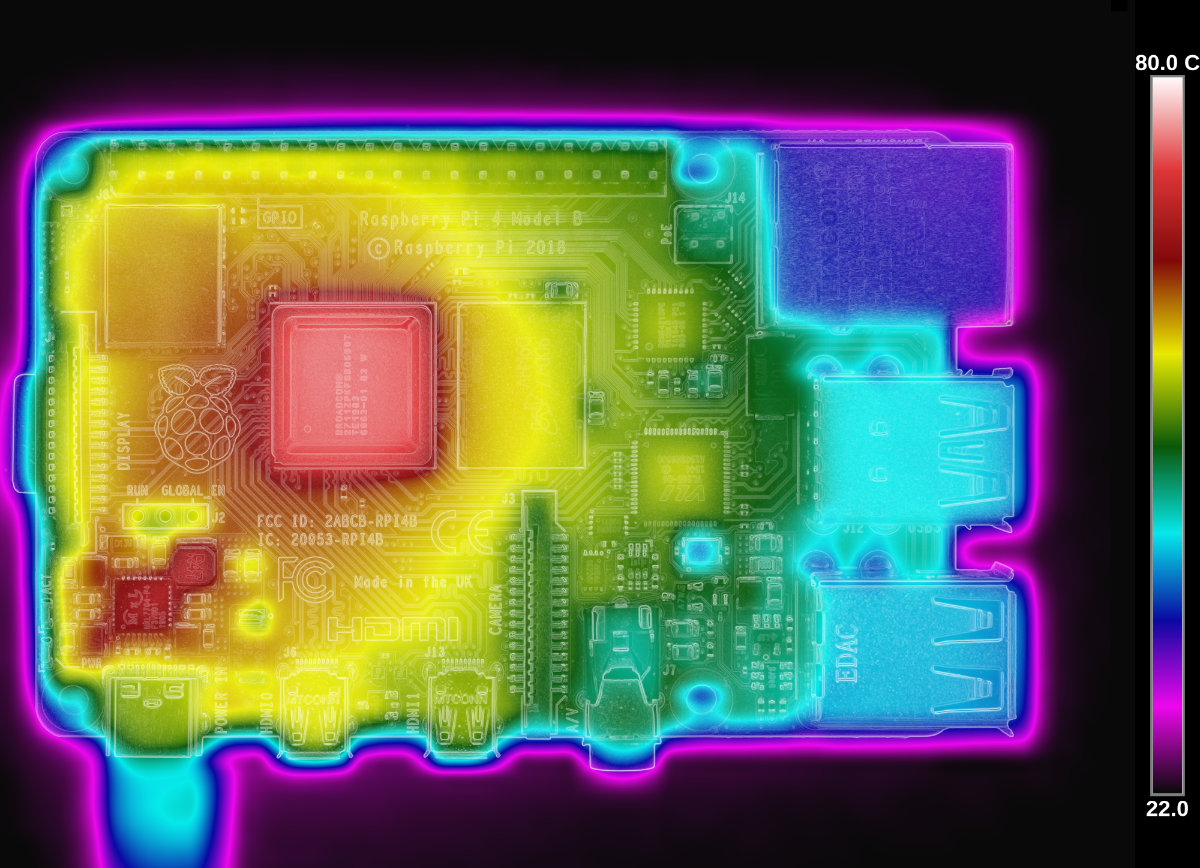Raspberry Pi has always been the best low-cost computer, but which Raspberry Pi is the best fit for you? Our Raspberry Pi specs and benchmarks feature looks at all the current models, and helps you decide which one is the best fit for your needs.
See also: Raspberry Pi 4 benchmark tests, Raspberry Pi 3B+ specs and benchmarks and Raspberry Pi 3: Specs, benchmarks & testing
Plus! The best Raspberry Pi case and The best Raspberry Pi Starter Kits
Raspberry Pi 4
Raspberry Pi 4 has just been released and is the flagship model. With a full-chip redesign, faster 1.5GHz ARM CPU, 4GB RAM and both USB 3.0 and full Gigabit Ethernet, Raspberry Pi 4 is a big leap forward. Click here to read all about Raspberry Pi 4 including specs and benchmarks.
Raspberry Pi 4 specs
- SoC: Broadcom BCM2711B0 quad-core A72 (ARMv8-A) 64-bit @ 1.5GHz
- GPU: Broadcom VideoCore VI
- Networking: 2.4 GHz and 5 GHz 802.11b/g/n/ac wireless LAN
- RAM: 1GB, 2GB, or 4GB LPDDR4 SDRAM
- Bluetooth: Bluetooth 5.0, Bluetooth Low Energy (BLE)
- GPIO: 40-pin GPIO header, populated
- Storage: microSD
- Ports: 2 × micro-HDMI 2.0, 3.5 mm analogue audio-video jack, 2 × USB 2.0, 2 × USB 3.0, Gigabit Ethernet, Camera Serial Interface (CSI), Display Serial Interface (DSI)
- Dimensions: 88 mm × 58 mm × 19.5 mm, 46 g
Raspberry Pi 3A+
Raspberry Pi 3A+ is an interesting choice, offering high performance in a compact package. The Raspberry Pi 3B+ is the all-connected model with bells and whistles (and four USB ports), while the Pi Zero family is ultra-compact.
For projects where a full-size Raspberry Pi 3B+ is simply too bulky, there hasn’t been much choice: aside from the Compute Module 3, which is targeted at industrial users, the choices were the four-year-old Raspberry Pi A+ or ultra-compact Pi Zero family – and in either case it meant a dramatic drop in performance.
Raspberry Pi 3A+ comes with the promise of full-size performance in a small, lightweight, and less power-hungry package, but the only way to see if that is true or not is to put it through its paces in a range of benchmarks.
Raspberry Pi 3A+ specs
- SoC: Broadcom BCM2837B0 quad-core A54 (ARMv8) 64-bit @ 1.4GHz
- GPU: Broadcom VideoCore IV
- Networking: 2.4GHz and 5GHz 802.11b/g/n/ac wireless LAN
- RAM: 512MB LPDDR2 SDRAM
- Bluetooth: Bluetooth 4.2, Bluetooth Low Energy (BLE)
- GPIO: 40-pin GPIO header, populated
- Storage: microSD
- Ports: HDMI, 3.5 mm analogue audio-video jack, 1x USB 2.0, Camera Serial Interface (CSI), Display Serial Interface (DSI)
- Dimensions: 67×56×11.5 mm
Raspberry Pi Zero W
The Raspberry Pi Zero W is the smallest and cheapest Raspberry Pi computer. It's an incredibly tiny piece of equipment, but still capable of running the same Raspbian OS (based on Linux) as every other Raspberry Pi computer. With built in wireless LAN and Bluetooth, plus a mini-HDMI and micro-USB connector enables a range of input / output options. A built in CSI camera interface enables you to quickly add a camera module.
It features a full 40-pin GPIO header, enabling you to connect and control devices. A separate version called Raspberry Pi Zero WH has pins pre-soldered to the header (or you can add your own).
Raspberry Pi Zero W is a favourite with the community and you can get a free one by subscribing to The MagPi magazine. Small, perfectly formed and powerful.
Raspberry Pi Zero W specs
- Dimensions: 65mm × 30mm × 5mm
- SoC: Broadcom BCM2835
- CPU: ARM11 running at 1GHz
- RAM: 512MB
- Wireless: 2.4GHz 802.11n wireless LAN
- Bluetooth: Bluetooth Classic 4.1 and Bluetooth LE
- Power: 5V, supplied via micro USB connector
- Video & Audio: 1080P HD video & stereo audio via mini-HDMI connector
- Storage: MicroSD card
- Output: Micro USB
- GPIO: 40-pin GPIO, unpopulated
- Pins: Run mode, unpopulated; RCA composite, unpopulated
- Camera Serial Interface (CSI)
Raspberry Pi benchmark test results
All these different specs affect Raspberry Pi in ways you might imagine. The new Raspberry Pi 4 is by far the fastest Raspberry Pi computer you can buy, and now performs as fast as a desktop-class computer. Raspberry Pi 3A+ is an incredibly efficient machine, combining incredible power with a small eco-footprint. Raspberry Pi Zero W is the smallest of the three, packing a real punch in its tiny frame.
Python GPIO: Higher is better
Designed to highlight a real-world bottleneck, the Python GPIO benchmark switches a single pin on and off while a frequency counter measures how quickly the pin is toggled. The faster a Pi’s processor, the faster the pin can be toggled before the processor hits its limit.
Linpack CPU: Higher is better
SysBench Memory Throughput: Higher is better
The RAMspeed/SMP tool is used to measure the read and write bandwidth for 1MB blocks in megabytes per second (MBps)
Power Draw: Lower is better
Raspberry Pi Thermal Performance: Cooler is better
A higher power draw naturally leads to more heat. Here, Raspberry Pi 3B+ and Raspberry Pi 4 are left running a CPU-intensive benchmark for ten minutes before a thermal image is captured, demonstrating where the heat is generated and how it spreads throughout the board.
The Pi 3B+ benefited from a change to the way the system-on-chip (SoC) is attached to the circuit board, allowing it to better dissipate heat. With the 3A+ having a smaller board, this test captures thermal images under heavy CPU load to show how well the two designs cope.



















